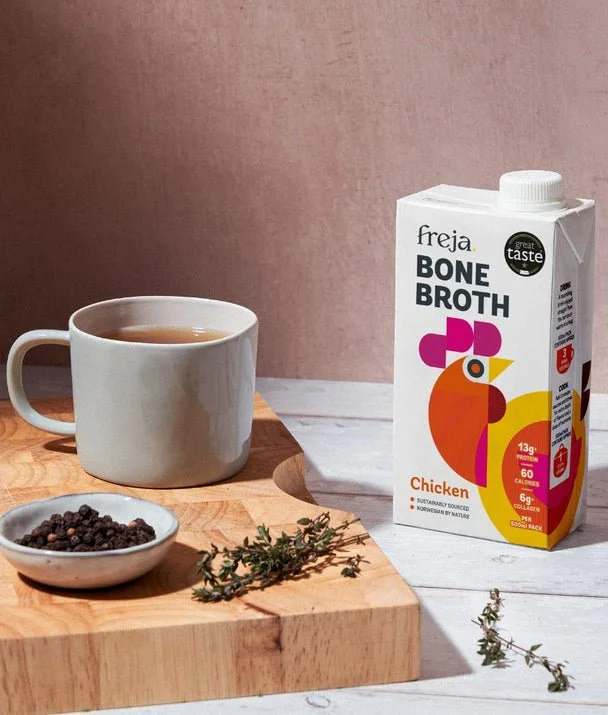good advert?
What makes a
Promise, Picture, Proof, Push.
concept & execution
(the answer is)
'To advert' is to turn the mind or attention to something. Good advertising will do just that, and even better advertising will do this while engraining an ineffable desire within the consumer. Setting marketing jargon aside, I'm going to deconstruct and spell out the recipe for an effective advert in 2023.
Most brief history of advertising you will probably ever read
From the pre-digital age of ads in the early 1700s, to the 20th century campaign juggernauts such as Marlboro, Volkswagen, and McDonalds, the function of an advertisement has remained constant; to sell.
The golden age (1900-2000) saw the big-boys of traditional advertising (print and billboards), forced to morph and adapt with the advent of radio, and later television. Brands were suddenly able to connect with customers on a unprecedented global scale. By the 1960's, the focus had shifted onto leveraging brand identity and conveying integrity, highlighting the significance of indirect advertising. Which brings us (30-odd years later) to the fabulously ridiculous world of digital ads, online marketing and unbounded direct advertising. Phew.
Despite the immediate-and-worldwide reach that your friend's modern-European-wine bar's TikTok page has, or the seemingly never-ending Instagram stories marketing a pink glittery windscreen wiper for your crumbling ford fiesta, the fundamentals of good advertising are unified - if the product and idea sells, the advert has done its job. The oldy-woldy ways of black and white print and are out, and the new ways of marketing are in, an advert needs to speak to the audience.
Depending on the style of advert, and for what purpose it intends to deliver, good visual design, impeccable research (of both product and client), knowledge of marketing channels, and feedback analysis are all integral components of a successful ad/campaign. The ad with the strongest idea at conceptualisation for the campaign will deliver the most success, and those do tend to be the most uncomplicated and painless.
Brevity is key.
Some rough ideas
alternative marketing strategy for health food product
I recently wrote to Freja Foods with a new marketing plan for their bone broth range. As an existing customer, I had the interesting position of prior faith in the product, but dissatisfaction with the marketing strategy I could see.
The branding and packaging for this product is outstanding; the consistency throughout the products and beautiful design makes for a premium looking food product that fits into the high end of health foods. It is extremely marketable for large retailers and appeals to a UK audience due to its modesty and ‘wholesome’ portrayal. This is where I took issue - the business has been using social media (Instagram, Facebook, google ads) to showcase testimonials from ‘everyday customers’ shot in the comfort of their homes. To no fault of the consumers themselves, the sponsored video advertisements that have aligned with my Instagram algorithm look shoddy, misplaced and do no represent the brand fairly. Ironically, I would say they are somewhat detrimental to the overall marketing strategy, as faith and belief in the product is hindered. Yes, some might say that personal reviews and accounts can resonate with potential customer markets as it shows real-life product integration and a degree of integrity, but given the nature of the premium products, this seems misaligned.
Instead, I’d position a reputable ‘influencer’ who presents an image of health and wealth - somebody like Dr Tim Spector, perhaps. This, long-term, might drive more consistent customers and put Freja on the map as a household brand.










